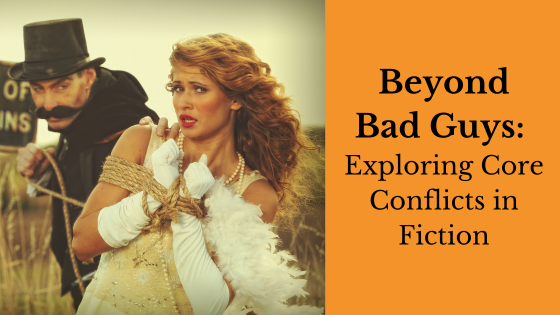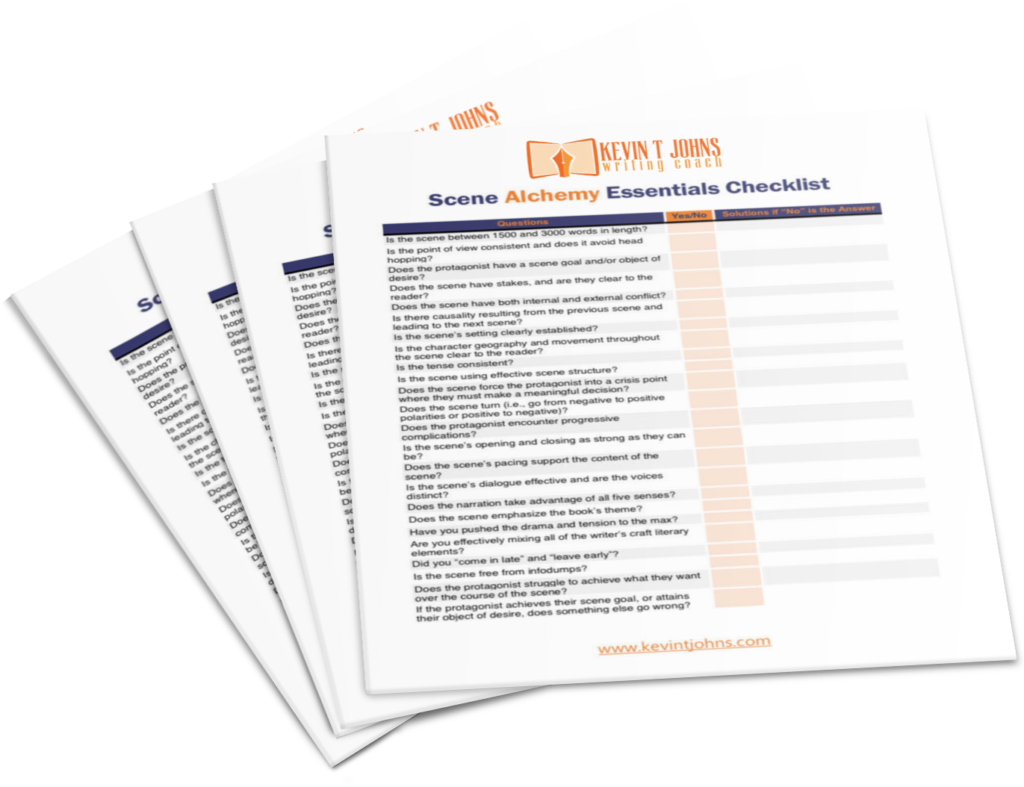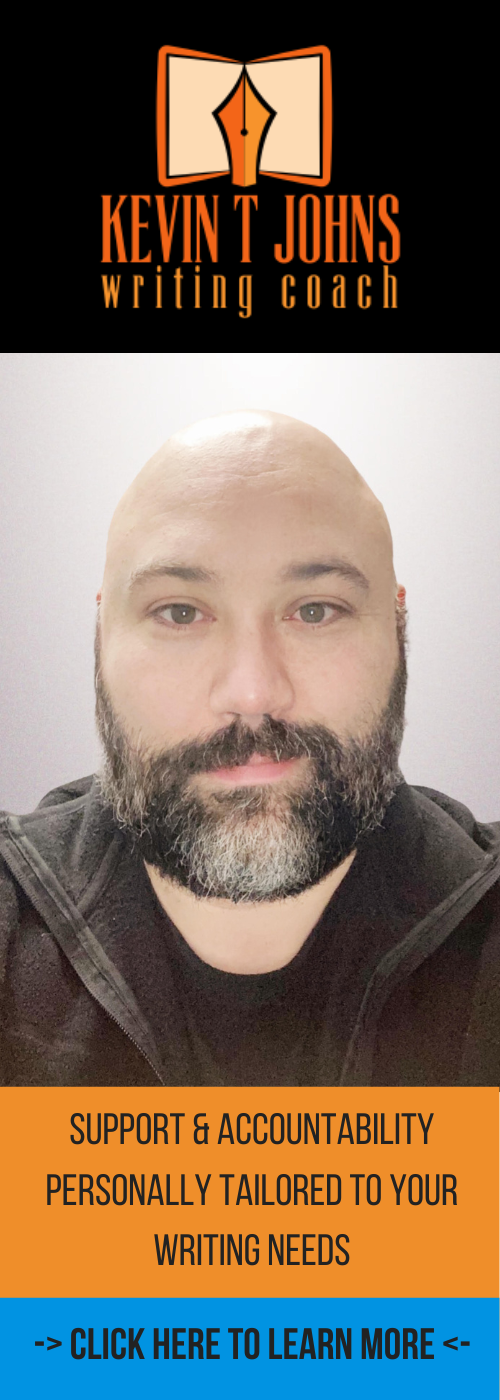Conflict is the beating heart of storytelling.
When most writers think about conflict, their minds go straight to villains—the big bads we all love to create.
But those sneering, black-capped baddies represent just one tiny slice of the larger antagonist pie.
Because here’s the truth: conflict isn’t just about a mustache-twirling foe. It can take many forms—some obvious, some internal, and some hiding in plain sight.
So, let’s rewind to a lesson most of us first encountered in high school: the classic types of conflict fueling every great story.
Person vs. Person
This one’s a classic. It’s when your protagonist faces off against another individual—someone who actively opposes them.
Think:
Luke Skywalker vs. Darth Vader
Batman vs. The Joker
Dorothy vs. The Wicked Witch of the West
In genre fiction and commercial storytelling, we often find a flesh-and-blood antagonist representing evil, danger, or resistance.
This type of conflict gives readers someone tangible to root against, and it’s usually juicy, dynamic, and fun to write.
Person vs. Nature
In the case of person vs nature, the antagonistic force isn’t a person at all—it’s the natural world.
In a disaster flick like Twister, the villain is the tornado. In survival stories like Swiss Family Robinson, the characters are up against the wilds of an uninhabited island. In Hemingway’s The Old Man and the Sea, the conflict is between an aging fisherman and a massive, elusive marlin. Nature becomes a powerful and indifferent opponent.
These stories pit human resilience against the raw, unstoppable force of the natural world—and they can be some of the most primal and compelling narratives we have.
Person vs. Society
This is when the world itself is the antagonist—its rules, its systems, its structures.
Take The Great Gatsby, for example. Gatsby isn’t fighting a supervillain—he’s fighting against a class system that tells him he can’t ever really belong.
Or think about Orwell’s Nineteen Eighty-Four, where the antagonist isn’t just Big Brother—it’s the entire machinery of the totalitarian state.
Kafka’s The Trial leans into this, too, with bureaucracy becoming a surreal and oppressive foe.
These stories challenge cultural norms and interrogate the systems that govern our lives.
Person vs. Self
With person vs. themselves, we’re getting into my favourite territory.
This type of conflict is internal. It’s not a monster. It’s not a government. It’s not a flood or a fire or a tornado. It’s you. Or rather, your protagonist. It is their doubts. Their fears. Their flaws. Their deep, dark impulses.
This is the type of conflict I suggest all my coaching clients embrace.
The books I write, and the ones that interest me most, are the ones in which a character is their own worst enemy. When that happens, we’re dealing with truly powerful storytelling.
I once wrote an academic paper that got accepted at a university conference. It was about Season Six of the television series Buffy the Vampire Slayer. I argued that in each of the first five seasons of Buffy, the villains escalate in power. Season One? Vampire. Season Five? God. Literal deity. And Buffy sacrifices herself at the end of Season Five to stop that god.
In Season Six, Buffy’s friends use magic to bring her back from the dead. They assumed she was stuck in some demon dimension and that they were just doing the right thing by rescuing her.
Plot twist: she wasn’t in hell. She was in heaven.
And now, she’s back on Earth—and she hates it.
Yes, there are still monsters to fight because it’s Buffy, after all, but Season Six is really about depression. It’s about a person who doesn’t want to be here anymore—and the monumental inner work it takes to want to live again. That’s a story. That’s conflict.
Closing Thoughts on Conflict
When I write fiction, I often create characters who are so deeply flawed and broken that the primary antagonist they must defeat isn’t an outside force—it’s their worst parts. That, to me, is the most compelling kind of battle.
But that doesn’t mean your story has to be about internal conflict. Maybe your antagonist is a literal bad guy. Perhaps it’s a society. Maybe it’s a snowstorm. Or a vampire. Or a space empire.
The point is that conflict is essential. Crafting great villains is important—but remember, a “villain” doesn’t have to be a person. It can be a system, a situation, or a swirling storm of self-doubt inside your protagonist.
There are many different ways to approach the antagonistic forces in your story. What matters most is that something stands between your character and what they want—and that the journey to overcome conflict makes for a story worth telling.







